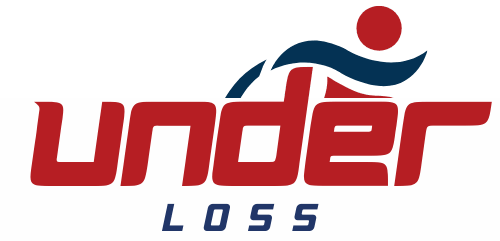Owning a home is a significant financial milestone, but the journey doesn’t end there. Homeowners often find themselves considering a home refinance loan to optimize their mortgage and potentially save thousands of dollars over the life of their loan. If you’re wondering whether refinancing is the right move for you, this comprehensive guide will help you navigate the process and secure the best possible interest rate.
Understanding Home Refinance Loans
A home refinance loan is a new mortgage that replaces your existing one. This process allows you to potentially lower your interest rate, shorten your loan term, or access the equity in your home. When you refinance, you’ll need to go through the application and underwriting process again, just as you did when you first purchased your home.
Knowing When to Refinance Your Home
The decision to refinance your home should be based on a careful evaluation of your financial situation and goals. Some common scenarios when refinancing may be beneficial include lowering your interest rate, shortening your loan term, accessing home equity, and removing private mortgage insurance (PMI). If current interest rates are significantly lower than the rate on your existing mortgage, refinancing can provide substantial savings over the life of your loan.
Refinancing can also allow you to switch from a 30-year mortgage to a 15-year or 20-year loan, which can help you pay off your home faster and save on interest costs in the long run. Additionally, if you’ve built up significant equity in your home, a cash-out refinance can allow you to access those funds for home improvements, debt consolidation, or other financial goals.
Finally, if you’ve built up at least 20% equity in your home, refinancing can help you remove the costly PMI requirement, further reducing your monthly payments.
Getting the Best Rate on Your Home Refinance Loan
Securing the lowest possible interest rate is crucial when refinancing your home. To get the best rate, it’s important to shop around and compare rates, fees, and terms from multiple lenders. Improving your credit score, increasing your home equity, timing your refinance strategically, and negotiating with lenders can also help you secure the best possible rate.
Improving your Credit Score
To improve your credit score, review your credit reports from the three major bureaus and dispute any errors. Pay down your credit card balances, keeping your credit utilization ratio below 30%, and make timely payments. Increase credit limits to lower your credit utilization ratio without paying down your balances.
Become an authorized user on a friend’s credit card with a positive history to boost your credit score. Avoid new credit applications, as they can cause hard inquiries on your credit report. By following these strategies, you can potentially improve your credit score by 50-100 points or more in a short timeframe.
Conclusion
Refinancing your home can be a powerful financial tool, but it’s important to carefully consider your individual circumstances and goals before taking the plunge. By understanding the benefits of a home refinance loan and employing savvy strategies to secure the best rate, you can maximize the potential savings and unlock new financial opportunities for your family.




